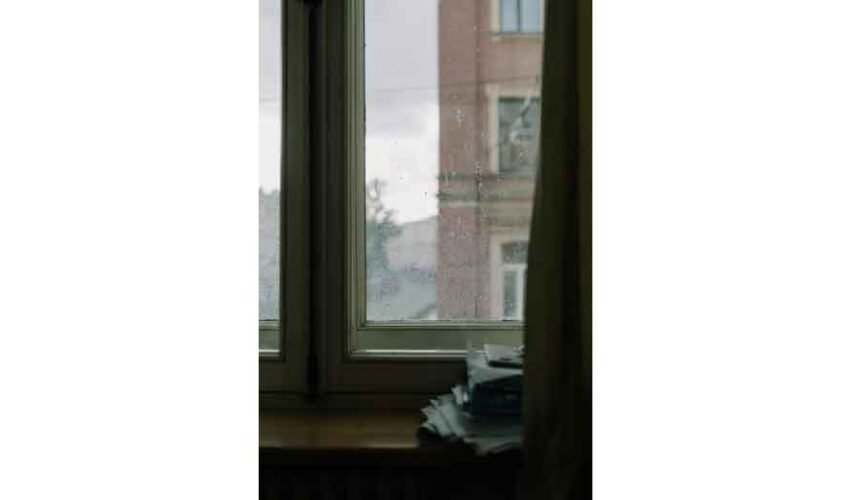Damp can be a serious problem in both homes and commercial buildings across the UK. Left untreated, it can lead to structural damage, health issues, and costly repairs. Whether you’re dealing with a new build or an older property, knowing how to damp-proof a space properly is essential for keeping the interior dry, safe, and protected.
In this guide, we’ll explore the best ways to damp-proof a building, including popular damp-proofing methods, signs of damp to look out for, and why professional treatment is often the most effective long-term solution.
What is Damp Proofing?
Damp proofing is a method of preventing moisture from passing into walls, floors, or ceilings. The aim is to keep water from entering or rising through a building’s fabric. Without protection, damp can damage plaster, cause wood to rot, and lead to mould growth—all of which are not only unsightly but also potentially harmful to health.
Damp problems are common in the UK due to high levels of rainfall, older buildings, and poor ventilation. Properties with solid brick walls, no cavity insulation, or ageing mortar are particularly at risk.
Common Types of Damp
Before you decide how to damp-proof your home or commercial space, it’s important to understand the type of damp affecting the building. Each requires a different approach.
- Rising dampThis occurs when moisture from the ground travels upwards through brickwork or masonry. It’s more common in older buildings where the original damp-proof course (DPC) has failed or was never installed.
- Penetrating dampCaused by water entering through external walls, usually due to leaks, cracks, or porous materials. You’ll often see this as damp patches on walls or ceilings.
- CondensationThis is the most common cause of damp in modern homes and is often a result of poor ventilation. It’s usually seen on windows, cold walls, or behind furniture and can lead to black mould.
Signs That Your Building Needs Damp-Proofing
It’s not always easy to spot damp early, but common warning signs include:
- A musty smell in rooms or cupboards
- Peeling paint or wallpaper
- Dark patches or staining on walls and ceilings
- White salt deposits (efflorescence) on brickwork
- Mould or mildew forming on surfaces
- Rotting skirting boards or floor timbers
If any of these issues are present, it’s worth having a London Damp Solutions survey and assess the extent of the damage and recommend the best solution.
The Best Ways to Damp-Proof a Property
There is no one-size-fits-all method for damp-proofing. The best option depends on the type of damp, the age and condition of the building, and your budget. Here are the most effective techniques used across the UK.
1. Installing a damp-proof Course (DPC)
A DPC is a horizontal barrier, usually installed at the base of a wall, designed to stop moisture from rising through the masonry. In older properties, a chemical damp-proof course can be injected into the wall to replace or reinforce the existing one. This is one of the most effective ways to treat rising damp and is widely used in both domestic and commercial settings.
2. Damp-proof membranes
These are sheets of waterproof plastic or bitumen material that create a barrier between walls or floors and moisture. They are often used alongside other damp-proofing methods, especially in basements, cellars, and concrete floors. Membranes can be laid under screed flooring or bonded directly to interior walls before plastering.
3. External Wall Waterproofing
Penetrating damp can often be tackled by applying a water-resistant coating or breathable sealant to the outside walls. This helps to repel rainwater while still allowing the building to breathe. Cracks and damaged mortar should be repaired beforehand to prevent water entry.
4. Cavity Wall Insulation and Drainage
Modern buildings with cavity walls can benefit from cavity drainage systems or breathable insulation materials that prevent moisture from bridging the wall gap. In some cases, removing incorrectly installed cavity insulation may also be necessary if it’s become damp.
5. Improving Ventilation
Condensation damp is best dealt with by improving airflow and reducing indoor humidity. Installing extractor fans in bathrooms and kitchens, using dehumidifiers, and fitting trickle vents on windows are all low-cost ways to reduce condensation and prevent mould.
In commercial buildings, mechanical ventilation systems (MVHR) are sometimes used to manage moisture levels across larger spaces.
Why Professional Damp-Proofing Is Worth It
While there are many DIY damp-proofing solutions available, most are only suitable for minor condensation issues. Proper damp treatment often requires specialist equipment, accurate diagnosis, and materials not readily available in high street stores.
Hiring a damp-proofing expert ensures the root cause is identified, treated, and monitored properly. Professionals can also provide damp-proofing guarantees and meet building regulations—essential if you’re renovating, renting, or planning to sell the property.
Damp-Proofing in Basements and Commercial Settings
Basements and underground levels are particularly prone to damp due to their contact with the earth. In these cases, a tanking system is usually installed—a waterproof slurry that is applied to internal walls to prevent moisture ingress.
Commercial buildings, especially those with high foot traffic or stock storage, must also meet strict health and safety standards. Having a damp-proofing strategy in place not only protects the structure but also helps maintain a safe environment for employees and customers.
Final Thoughts
The best way to damp-proof a home or commercial building depends on the property’s layout, materials, and current damp issues. Rising damp might require a chemical injection DPC, while condensation can be tackled with better ventilation. Penetrating damp often needs exterior repairs or wall coatings to stop water from getting in.
Whatever the issue, early diagnosis and treatment are key. Ignoring damp can lead to bigger problems down the line—from rot and plaster damage to structural decay. With professional damp-proofing services, you can keep your home or commercial space dry, safe, and protected for years to come.
If you think your property might need damp-proofing, don’t wait for the damage to get worse. Book a professional survey today and take the first step towards a drier, healthier building.



